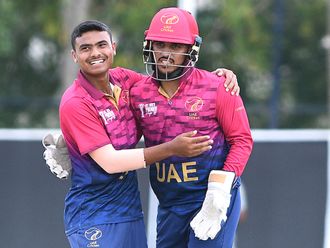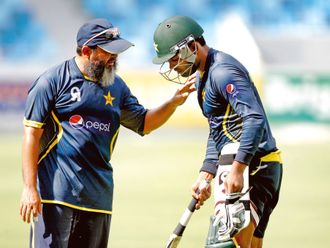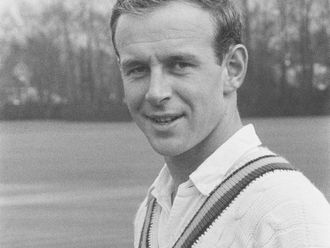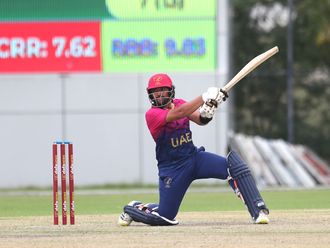
Mumbai: The Shivaji Park was created in 1925 by the Mumbai Municipal Corporation while the British still ruled India.
For a generation who are not familiar with their Indian history, the park was named after Maharashtra’s favourite son, and the legendary 17th century Maratha warrior king, Shivaji.
Over the last two decades, however, Shivaji Park has become better known as the nursery where Sachin Tendulkar used to hone his skills, ever since it was discovered that he had plenty, before he went on to seal his brilliance in the game across the world.
Needless to say, when he retires from the game on November 18, Tendulkar will replace Shivaji as Maharashtra’s favourite son for an entirely new generation of Indians.
Shivaji Park is Mumbai’s cricket factory. A trip to Dadar, where the park is located, shows the vast conveyor belt of prospective cricketers going through the motions at the nets and on the pitches.
The players prime their repertoire of skills in the various components of cricket so that they can serve their team in the local competitions that take place across the congested city of Mumbai and spill out into its neighbouring areas. The big, audacious goal, however, is to play for India.
A thin fog envelopes the city of Mumbai early in the morning. For the passers-by who happen to walk past Shivaji Park as part of their daily morning ritual, the mist clears to show an army of people of all ages going through specialised cricketing drills.
This is the cradle of Mumbai cricket, where talent is discovered. Tendulkar paid his homage to the game here as he developed his exceptional skills. There are innumerable cricket academies strewn across the complex, but the most notable were the ones overseen by the late Anna Vaidya and Ramakant Achrekar, better known as the man who discovered Tendulkar and his childhood friend Vinod Kambli.
The park’s alumni, however, read like a ‘who’s who’ of Indian cricket, featuring cricketers such as Eknath Solkar, Sunil Gavaskar, Sandeep Patil, Ajit Agarkar, Pravin Amre, Sanjay Manjrekar and Amol Majumdar.
Shivaji Park perks up with life as the day wears on. Practice sessions are replaced by competitions and some of them are played across each other, due to lack of sufficient match space, with fielders from two matches standing alongside each other but acutely aware of which ball they should be fielding.
The goal of every batsman here is simple: to play like Tendulkar or, come close to trying as the coaches point out the flaws in their technique, balance and footwork and administer to them bitter lessons: that they are but mere mortals who could succeed like Tendulkar if they had the diligence. He is the index and no one else matters. Naturally, because when you take a look at the man’s resume and measure it against his nearest rival in the game, the sheer volume of numbers renders him supreme.
Every batsman who pads up at the park, irrespective of his age, simply wants to try and come close to their version of a day’s perfection at the crease: to feel like Tendulkar. They want to score runs, punch holes into a bowler’s psyche, but most of all they are in search for unparalleled consistency, a trait that their idol has abundantly shown for the past 24 years. In the course of doing so, they hope that somewhere, somehow, someone is watching them, classifying their skills and bookmarking them as future prospects for India.
The platform for these cricketers pursuing their trade is, naturally, much smaller. But isn’t that how dreams are born, with simple, uncomplicated goals, capable of being achieved one ball at a time?










